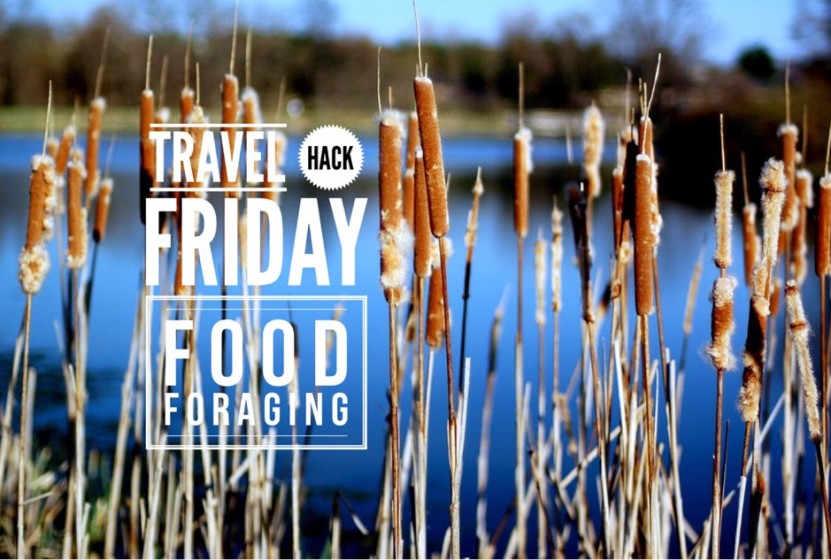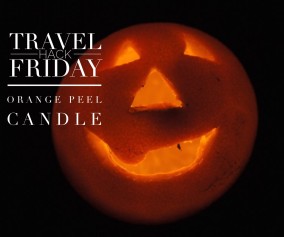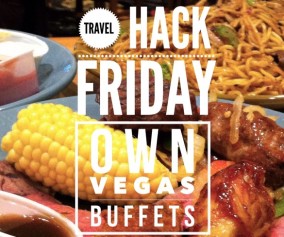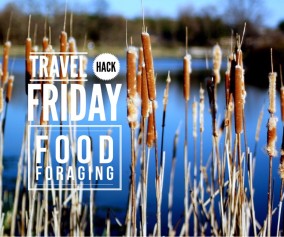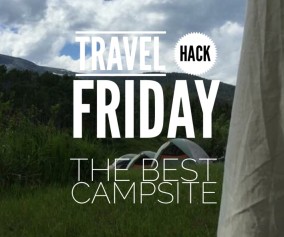Above image courtesy of Jeff Kubina. The image is of cattails which are super edible plants. Stalks are like celery and the tuber can make flour and tasty pollen
We’ve lost some instinctual skills over the centuries. Air conditioned Superstores have made us complacent. While the thought of having to forage for food is inconceivable for most developed countries, it’s impossible to predict when you may find yourself naked, hungry and lost miles from the nearest Walmart. And if you’re an avid traveler searching for the remotest corners of the world or a backcountry hiker, the possibility increases tenfold.
Preparation is key to survival. Knowing basic survival techniques, such as how to forage for food, can save your life. If you plan on hunting, don’t count on it. Predators, like Lions, only have a success rate of about 17 to 18 percent. Humans? Probably negligible without the guns, and duck calls. Knowing how to forage for food is therefore, probably your best bet!
In a previous post, I showed you how to find water in the wild, and although water is the most critical factor to prolonging your survival rate, food is equally as important to maintain strength and reason.
But, although it may sound simple, foraging for food, particularly plants, isn’t without it’s own risks. Urban plants can be covered in pesticides and bacteria, whereas wild plants differ in toxicity levels ranging from discomfort to death.
Plan to Forage for Food? Know Basic Good Sense Rules:
- Avoid plant sources that are in potentially contaminated areas: along buildings, roads and private property. These areas may have been treated with pesticides or pollutants like exhaust emissions.
- Avoid plants in unclean, murky and still water as they may contain parasites.
- Avoid spoiled or rotten fruits because they may contain fungal toxins. Also look for evidence of worms or insects.
- Familiarize yourself with the indigenous plants, and be able to recognize them through positive identification.
- Avoid MUSHROOMS completely!
- If possible, boil, bake, roast and dry all unknown wild plants before ingesting
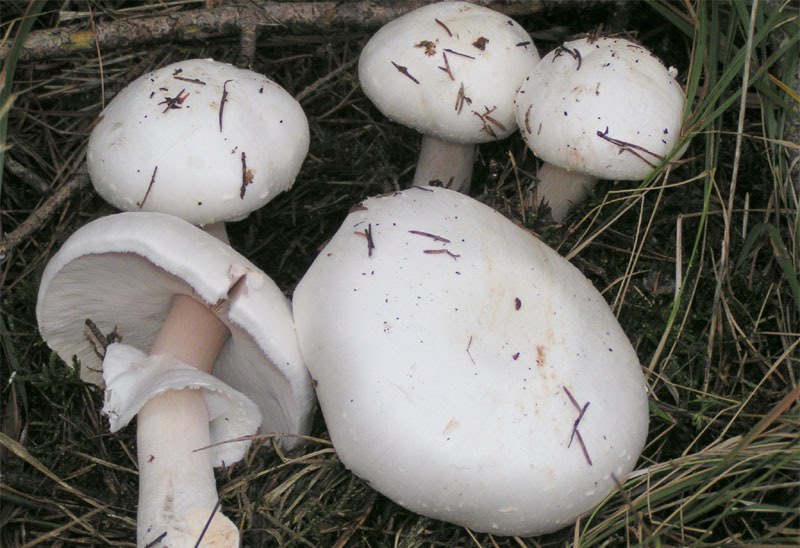
Destroying Angel. Very poisonous mushroom often mistaken for edible lookalikes. Image courtesy of Ericsteinert at the German language Wikipedia
Characteristics of Poisonous Plants:
- Milky or cloudy secretions
- Almond like scent, typical of cyanide compounds (think apple seeds)
- Shiny leaves or has leaves in groups of three (think poison Ivy)
- White or yellow berries. Remember this catchy little tune: “White and yellow, kill a fellow. Purple and blue, good for you. Red, could be good, could be dead”
- Plants with umbrella-shaped flowers
- Plants with thorns, or fine hairs
- Plants with seeds inside a pod
- Plants that have a bitter or soapy taste
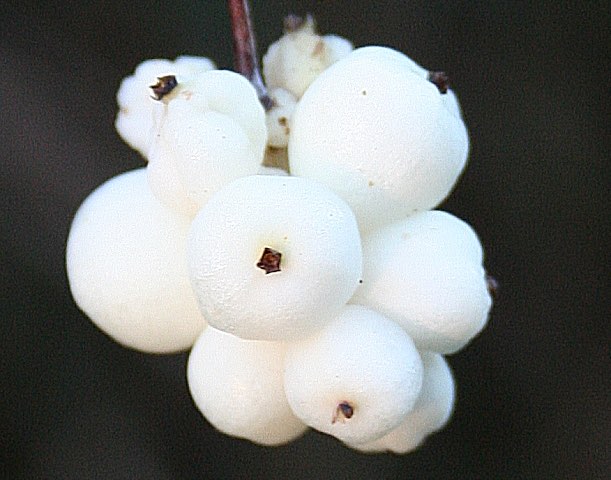
Poisonous Snowberry. Image Courtesy of Anne Burgess
How to forage for food: The Universal Edibility Test
Many plants have edible and poisonous parts, along with poisonous close relatives that appear very similar. In the event you’re unsure if the plant is safe or not to eat, follow the below Universal Edibility Test:
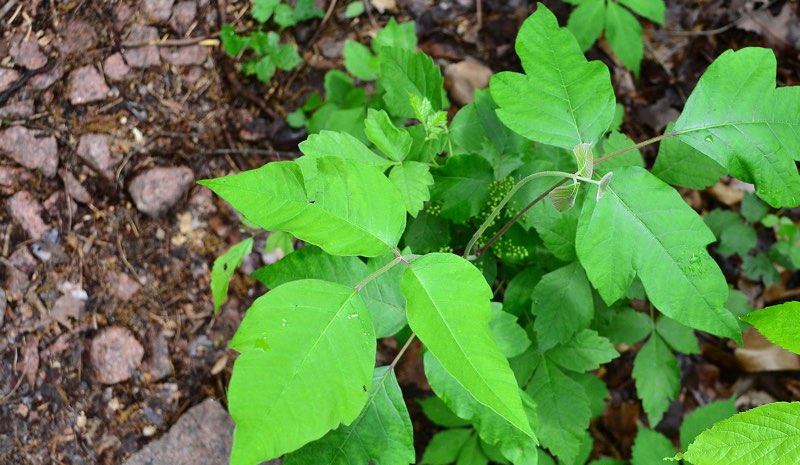
Poison Ivy. Notice the leaves in groupings of 3. Image Courtesy of Kbh3rd
Contact Test:
- Separate the plant into its parts (leaves, flowers, buds, roots, stem)
- Crush the part of the plant you plan to test
- Rub on the inside of your wrist and elbow for 15 minutes
- Wait 8 hours, and observe if it burns, or if any rash (redness, bumps etc) forms in those areas
- If no reaction forms, then move on to the next stage
Raw Taste Test:
- Don’t eat for at least 8 hours before starting the test (do this part in conjunction with the contact test)
- Take a moment and smell the plant part, paying extra attention to adverse smells, like rot and/or almond like scent
- Take the plant part you plan on eating and hold against your lip for at least 3 minutes.
- If no noticeable sensation occurs from step 3, place it on your tongue, and hold in your mouth for around 15 minutes.
- Once a minimum of 15 minutes has passed, chew and keep in your mouth for an additional 15 minutes without swallowing.
- After 15 minutes has passed, swallow. Wait an additional 8 hours. If you begin to feel nauseous, you’ll have to do your best to induce vomiting and get it out of your system
- If through any of the steps, 3 to 6, you notice a burning, tingling, numbing or an adverse reaction of any sort, spit it out, get rid of it and start again with a different piece of the plant.
- If don’t notice any adverse reaction manifesting through any of the steps, eat ¼ cup of the plant part and wait another 8 hours.
- If you’re still alive, have yourself a feast.
For each part of the plant you plan on eating it’s important to follow the exact same steps above. As an additional precaution, and if the means are available, boil all plant parts before eating.
To be clear, this is only a rudimentary forage for food guide, and should be complimented with some knowledge of the region you’re going to and its indigenous plants. It would be a massive undertaking to create a portable compendium with every known edible and poisonous plant in existence along with their locations, and so, we need to rely on broad good sense survival strategies like the Universal Edibility Test. Although not foolproof, you’ll have a much better chance surviving with it, rather than without.
Carey
Latest posts by Carey (see all)
- Travel Hack Friday: #DIY Orange Peel Oil Candle #travelhacks - October 16, 2015
- Hanoi Vietnam, The Photoscape! #Hanoi #Vietnam #Southeastasia - October 5, 2015
- Travel Hack Friday: How to Find Edible Bugs - October 2, 2015

